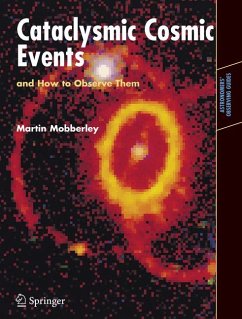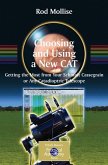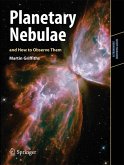This book invites you to observe the most spectacular, high-energy events taking place in the cosmos. Even though these events may occur hundreds, thousands, millions or even billions of light-years away, you can witness them using the naked eye, binoculars, or telescopes. The book covers cataclysmic variable stars (CV's), novae and dwarf novae, recurrent novae, solar flares, flare stars and prominences as well as the more distant supernovae, hypernovae, blazars, quasars, and gamma ray bursters. There are also sections on photometry, equipment, and software as well as many valuable observing tips based on the author's own experience viewing these events.
For the amateur astronomer who is ready to leave the confines of the Solar System and look out into deep space, this book offers a variety of exciting challenges and suggestions enabling you to contribute real scientific data on high energy outbursts and cataclysmic cosmic events with just your backyard telescope and a bit of know-how.
Dieser Download kann aus rechtlichen Gründen nur mit Rechnungsadresse in A, B, BG, CY, CZ, D, DK, EW, E, FIN, F, GR, HR, H, IRL, I, LT, L, LR, M, NL, PL, P, R, S, SLO, SK ausgeliefert werden.
Hinweis: Dieser Artikel kann nur an eine deutsche Lieferadresse ausgeliefert werden.
"Martin Mobberley's book is very attractive not only in explaining the technical detail of cataclysmic phenomena but also in the promotion of useful observing projects for amateurs to undertake. ... I found the advice in the final chapter about techniques, equipment and software especially valuable. The book is a must for anyone interested in cataclysmic objects and I am sure many readers will be persuaded to enter this field for the first time having seen the successes that have been described." (Guy Hurst, Astronomy Now, May, 2009)
"Though the work is aimed at the advanced amateur astronomer, Mobberley writes in a style that should keep the interest of the average undergraduate science student. ... The numerous figures (many in color) help to show the physics of cataclysmic events. ... Summing Up: Recommended. Lower- and upper-division undergraduates and general readers." (J. R. Kraus, Choice, Vol. 46 (9), May, 2009)









